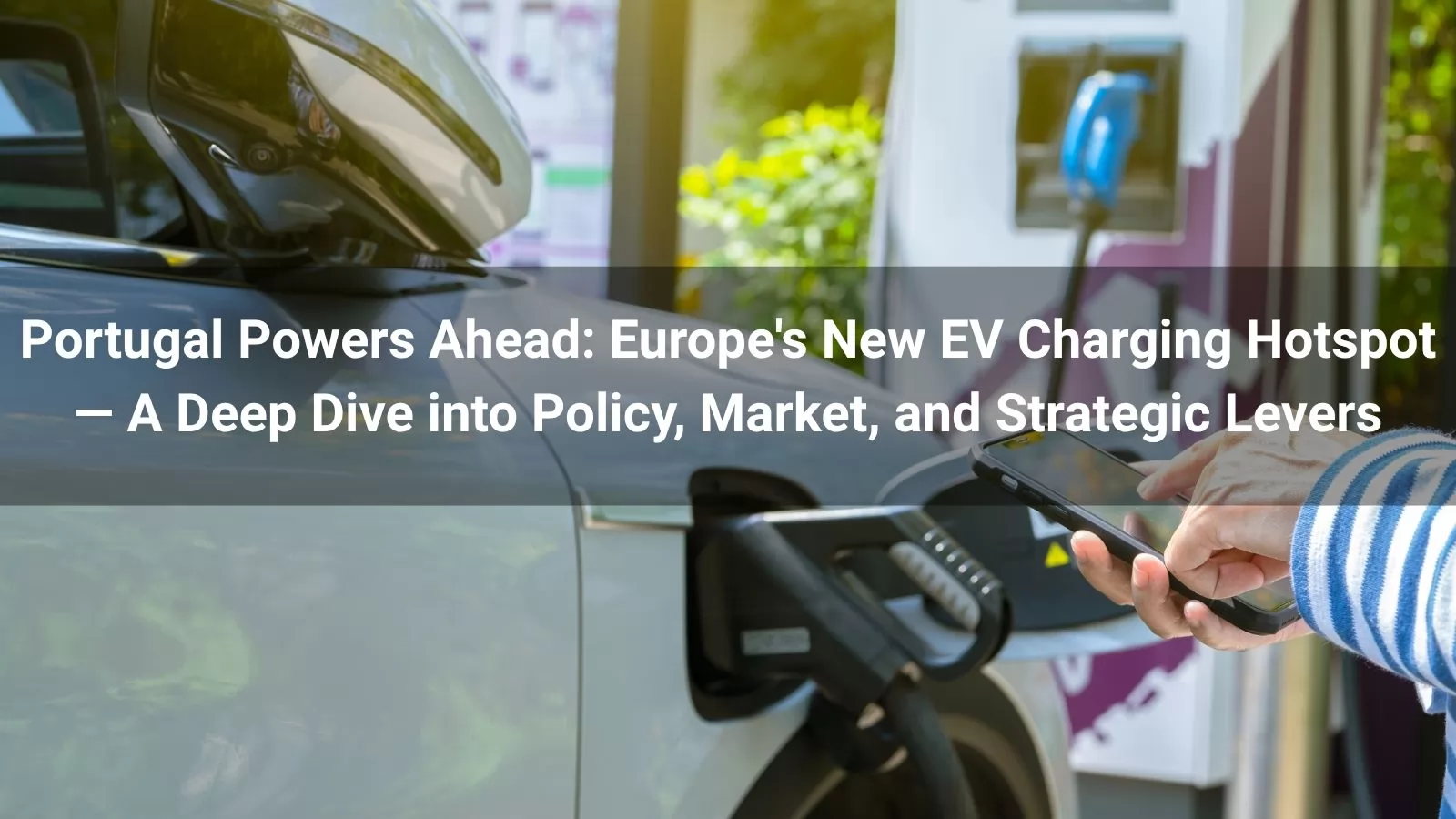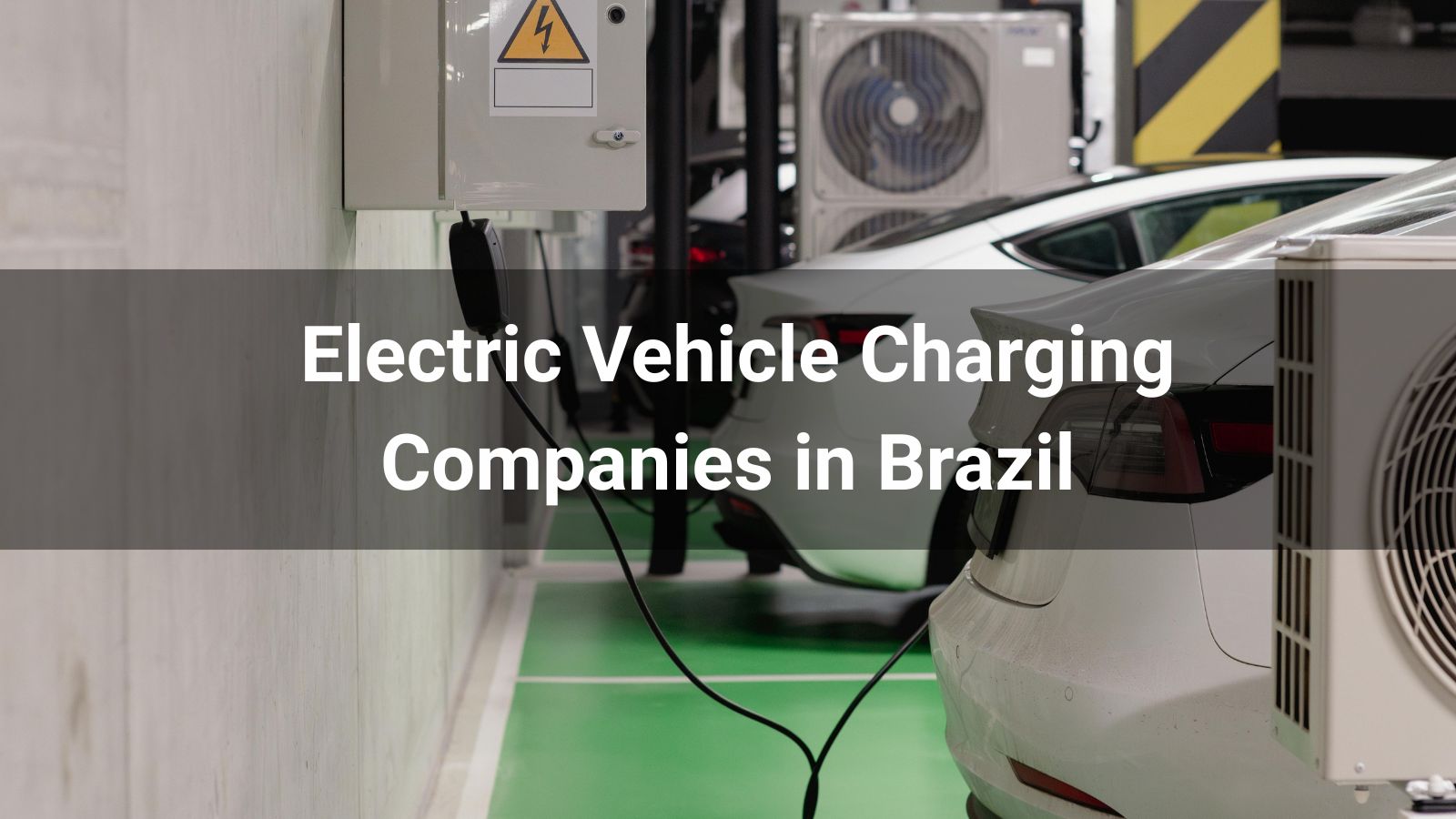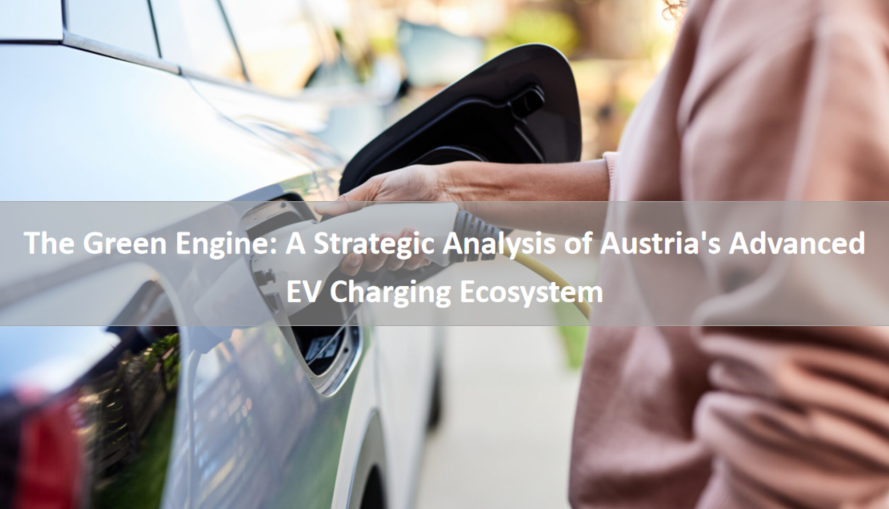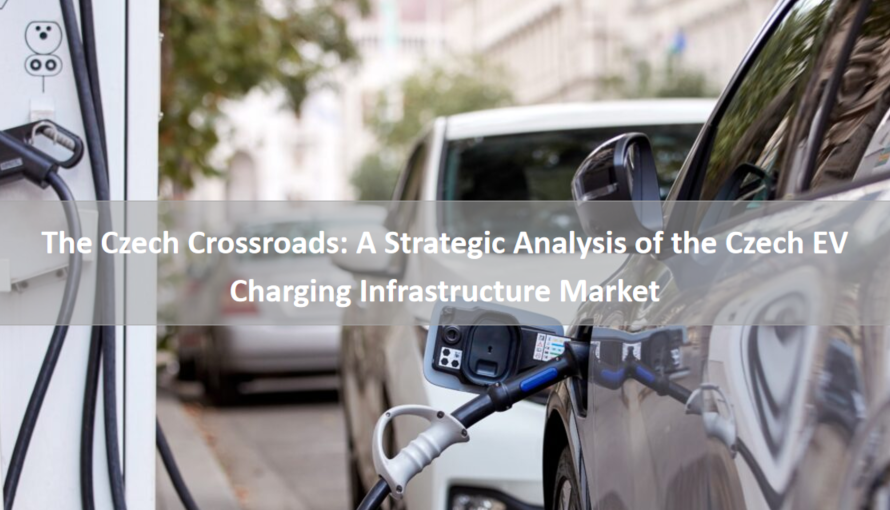
Portugal has achieved strong electric vehicle (EV) adoption—approximately 25–32% new-car EV penetration by 2023—but infrastructure growth must accelerate to keep pace. Its interoperable, nationally unified public network (MOBI.E) supports 7,000–8,000 public charge points today, including ~37% DC units. Private charging networks grew even faster (+60% in 2023). National targets call for 15,000 public chargers by 2025, funded notably via environmental and EU Recovery Plan incentives. However, bottlenecks in grid capacity, permitting, pricing transparency, and geographic coverage remain. Major players include Galp, EDP, Efacec, Ionity, PRIO, Atlante, Powerdot, and local champions like Ecoinside. Strategic opportunities lie in fast-charging corridors, bidirectional V2G, integrated solar-smart hubs, network liberalization, and cross-border interoperability. Challenges include high capex, grid constraints, regulatory complexity, uneven access, tourist usability, and public vs. home charging cost differentials. To drive EV transition, Portugal must streamline rollout, reinforce networks, and foster competitive innovation.
1. National Policies & Regulatory Framework
1.1 Incentives & Taxation
-
Portugal offers full registration, excise, and ownership tax exemptions for BEVs. PHEVs benefit from significant reductions if meeting criteria (≥50 km electric range, CO₂ <50 g/km).
-
Corporate incentives: BEVs ≤€62,500 eligible for 100% VAT deductibility; income-tax-exempt purchase subsidies apply; public parking and bus-lane privileges in many municipalities.
-
Austria-funded condominium charging: 80% subsidy (up to €800 plus €1,000 installation), backed by Environmental Fund (€10 million allocated).
1.2 National Targets & Compliance
-
Commitment under EU AFIR program: 15,000 public points by end-2025; by mid-2025 only ~8,000 installed (~3,700 AC; 1,900 DC).
-
Portugal a forerunner: first with interoperable, universally accessible network since 2010 via MOBI.E, in line with AFIR.
-
Liberalization proposal (Iniciativa Liberal) to allow ad hoc credit-card payments, remove tie-ins to energy providers, and unlock highway concessions.
1.3 Grid Integration & V2G
-
EDP leads V2G and smart-charging pilots; lack of clear regulation limits scaling. Integration aims at EVs acting as mobile storage to stabilize peak loads.
-
Grid saturation challenges emerging in high-demand areas. MV/LV connection delays (1–3 years) threaten fast-charger rollout.
2. Market Size & Growth Forecast
2.1 EV Adoption & Charging Network Scaling
-
EV penetration surged: EV share of new vehicles reached ~25–32% in 2023; overall fleet approx. 155,500 vehicles (~2% of total) by 2023.
-
Public charging: ~7,000–8,000 points mid-2025; ~37% DC or ultra-fast (~1,900). Private/public network now ~30,000 points (+60% in 2023).
-
Demand: 3.3 million recharges from Jan–Jul 2025 (+67% y/y); 11.64 GWh consumed (+80%).
2.2 Investment & Financial Scale
-
EU Recovery Plan/EU funds contribute ~€10 million toward infrastructure; liberal subsidies for private and condominium chargers.
-
Public-private investment: Iberdrola-BP pledging €1 billion across Spain/Portugal for 11,000 fast-chargers.
-
Liberalization and private equity interest (Mutares acquisition of Efacec) indicate investor confidence.
3. Infrastructure Development & Operating Model
3.1 Public Charging Architecture
-
MOBI.E platform: nationwide interoperability, real-time status, unified app for public network.
-
Urban “Electric Streets” pilot: tenders for 156 stations (2–6 chargers each, 22 kW, electronic payment), to be live by end-2025.
-
Lantern charging pilots in Lisbon and Porto—Galp uses lamp-posts to deliver curbside slow-charging.
3.2 Private & Retail Rollout
-
Private networks dominate growth—four main players hold 74% share: Galp, EDP, Atlante, Powerdot.
-
Fleet, workplace, residential deployment via EDP Charge, PRIO, Ecoinside; emphasis on integrated apps, billing, and smart-home integration.
3.3 Fast & Ultra-Fast Corridors
-
Ionity operates ~11 HPC locations in Portugal for pan-EU highway charging.
-
Iberdrola-BP network to add dozens of fast-charging hubs (€1bn investment).
4. Opportunities
4.1 Meeting AFIR Targets
Portugal’s cohesive ecosystem, including subsidies and interoperability, provides a strong foundation—scaling to 15k public points hinges on private and municipal deployment.
4.2 Fast & Ultra-Fast Infrastructure
Corridor-level HVDC rollouts by Ionity and Iberdrola-BP support long-distance travel. Lamp-post and condo charging unlock urban demand where parking-lot EV penetration is low.
4.3 V2G & Smart Integration
EDP’s V2G pilots address grid resilience and renewable integration, especially during peak and solar surplus periods.
4.4 Market Liberalization
Proposed deregulation (credit card ad hoc pay, removing network concessions) would enhance competitiveness and user accessibility.
4.5 European Innovation Export
MOBI.E and interoperability frameworks position Portugal as an exporter of turnkey network solutions to Latin America and Europe.
5. Challenges
5.1 Grid فناوری & Permitting
MV/LV grid connection delays (1–3 years) block fast-charging hubs. Saturation hotspots emerging, requiring multi-million-euro grid reinforcement.
5.2 Uneven Geographic Coverage
101 municipalities lack fast chargers; 231 no ultra-fast stations. Inland regions underserved; tourist usability limited by contract/APK barriers.
5.3 Pricing & Competition
Public charging often costs double home rates; network concentration—57% stations held by three operators—limits price competition.
5.4 Regulatory & Administrative Friction
Multiple stakeholders (MOBI.E, municipalities, utilities), permitting delays, complex concession rules for highways and electric streets.
5.5 User Experience & Access
Tourists face barriers to to registration and payment methods. Fragmented app ecosystem questions transparency in charging rates.
6. Strategic Recommendations
-
Accelerate LV/MV Grid Upgrades – Fast-track capacity expansion via joint investments (utilities + EV networks).
-
Simplify Authorization & Liberalize Market – Implement credit-card payments, remove concession exclusivity, streamline highway access.
-
Deploy Hybrid Urban Solutions – Scale lamp-post chargers; expand Electric Streets tender with local partners.
-
Scale Fast-charging Corridors – Prioritize Ionity and Iberdrola-BP hubs on highways and tourism routes.
-
Pilot V2G Programmes – Support EDP and OEM trials; incentivize bi-directional hardware and rollout.
-
Enhance Affordability – Introduce usage-based subsidies for public charging; promote equitable access.
-
Boost Rural & Tourist Access – Mandate chargers at petrol stations and tourist sites; enable tourist-friendly payment solutions.
-
Promote Industry Export – Leverage MOBI.E and Efacec to export charging platforms and tech to emerging markets.
7. Conclusion
Portugal has transformed into an advanced EV adoption leader within Europe—EV sales exceed 25% and charging network scaling continues. Yet infrastructure growth must accelerate to keep pace. By combining strategic grid modernization, market liberalization, integrated fast/highway deployment, and pilot V2G rollouts, Portugal can truly fulfill its AFIR and climate commitments. The convergence of political leadership, private investment, and technical innovation positions Portugal to evolve from an EV frontrunner to a replicable model of sustainable mobility—one that Europe can both follow and learn from.
Read more:
10 Best DC Fast Chargers 2025
Top 10 EV Charging Companies in the World 2025
Top 10 DC EV Charger Companies in China 2025








